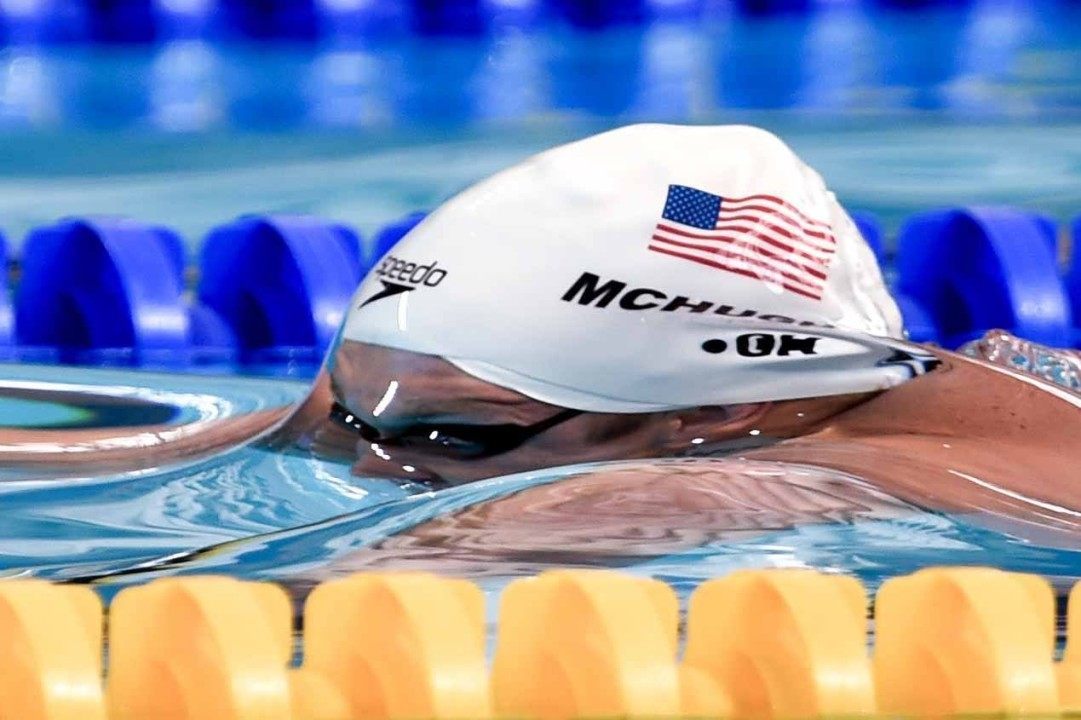By: Jenni Brozena, MS, CSCS, CES
Owner/Lead Sport Scientist, Aqueous
How often have we seen swimmers practicing drills that promote a long glide?
1 pull, 3 second glide?
1 pull, 5 second glide?
“You want a quick pull and a long, stretched glide.”
A 2015 study from the Journal of Sports Science and Medicine has found this to be quite the opposite of what we want our swimmers to achieve. Research is continuing to grow regarding the importance of hand force production and our framing swimming success to include measures of actual force production rather than deck science is outstanding. “The gliding phase”, as the research notes, “is only resistive, not propulsive”.
As we know, swimming is a highly propulsive sport where recovery is critical within each individual stroke cycle, but promoting longevity in a phase that is categorically resistive in nature seems counterproductive to performance. “Faster swimmers limit the non-propulsive glide phase” down to 22% of their overall swim race, (non-elite swimmers averaging 27% or more).
Neuromuscular and physiological fatigue were also investigated in the research. Spending greater time in the glide phase increased the resistive forces acting from the water onto the body. This increase in resistance required an increase in trunk angle from the breaststroker in order to increase the angle of attack for the next propulsive stage of the stroke.
The longer the stage of resisted recovery (glide) the GREATER the overlap of stroke length and stroke rate which INCREASES fatigue and DECREASES propulsion. This is not a “weak” or “mentally soft” swimmer. Neuromuscular fatigue has now dominated the physiological capabilities of this breaststroker.
Physiologically, tidal volume is critical to overall lung function. Lung function is important to swimmers in a variety of reasons, including gas exchange- which is crucial for optimal muscle function. Additionally, from an anatomical standpoint, breathing kinematics can hold the secrets to many swimming injuries. “Up to 40% of short course 200 Breaststroke races can be spent in the turn zone”. This zone is the 5m (yards) leading up to the turn, the turn itself, and then 10m (yards) following the turn. Swimmers are frequently coached: “don’t breathe into or out of your turn”. Gas exchange and optimal breathing patterns are essential if they are only able to occur approximately 60% of the race!
Putting it all together:
Research continues to show a long glide is detrimental to the overall performance of breaststrokers.
- This occurs from a kinematic standpoint in that an extended glide increases the resistance forces on the swimmer thereby creating an environment in which the swimmer needs to increase their trunk angle for the next propulsive stage, increases an overlap in stroke rate and length, and ultimately promotes neuromuscular fatigue.
- Physiologically, gas exchange is crucial in helping the body fuel either an anaerobic or aerobic race. If breathing patterns are not as sophisticated as necessary, the limited number of breaths promoted in a 200m breaststroke race will further inhibit performance.
Editor Note: Author originally provided citation, but was missed in print. Citation as followed:
Strzala, Marek et al. “Shaping Physiological Indices, Swimming Technique, and Their Influence on 200m Breaststroke Race in Young Swimmers.” Journal of Sports Science & Medicine 14.1 (2015): 110–117. Print.
Jenni Brozena, MS, CSCS, CES is an international sport scientist and the President/Owner of Aqueous. She is easily accessible to discuss this topic and more at [email protected], @AqueousCo, and @JenniBrozena.

If you are going to quote a research article please be specific. Give the article name, author, and date of publication not just the name of the periodical. I also would like to have a clearer definition of “increase in trunk angle”. This is undefined and therefore meaningless to me. Also why is a change in trunk angle more fatiguing? Maybe I could answer the second if you had defined the first. Hoping for better definition.
Throwing out science lingo like candy to convince swimmers that a far greater amount of action is beneficial in a stroke that is already notorious for joint problems(breaststroker’s knee) is pretty irresponsible, especially when it is only backed up by theoretical knowledge. I get that drag may increase through the glide, but starting a new stroke almost completely destroys any momentum generated by the previous kick.
Those drills at the beginning don’t just promote a glide…they promote body line as you finish the stroke. Whether you hold it for .3 seconds or .8, having a good line is incredibly important, especially for a swimmer with less muscle. Efficiency is key. Not everyone can sustain an Adam Peaty turnover.
Cheers this really helped
Article should say “sprint breaststroke”
Glide, no glide, doesn’t matter…connectivity is key…and as Garrett noted above THAT is what maybe the problem with the lack of regular American success in the stroke
So, don’t glide to the point where you’ve slowed down to much. Got it.
Breaststroke?!?! Who cares? Try swimming a REAL stroke.